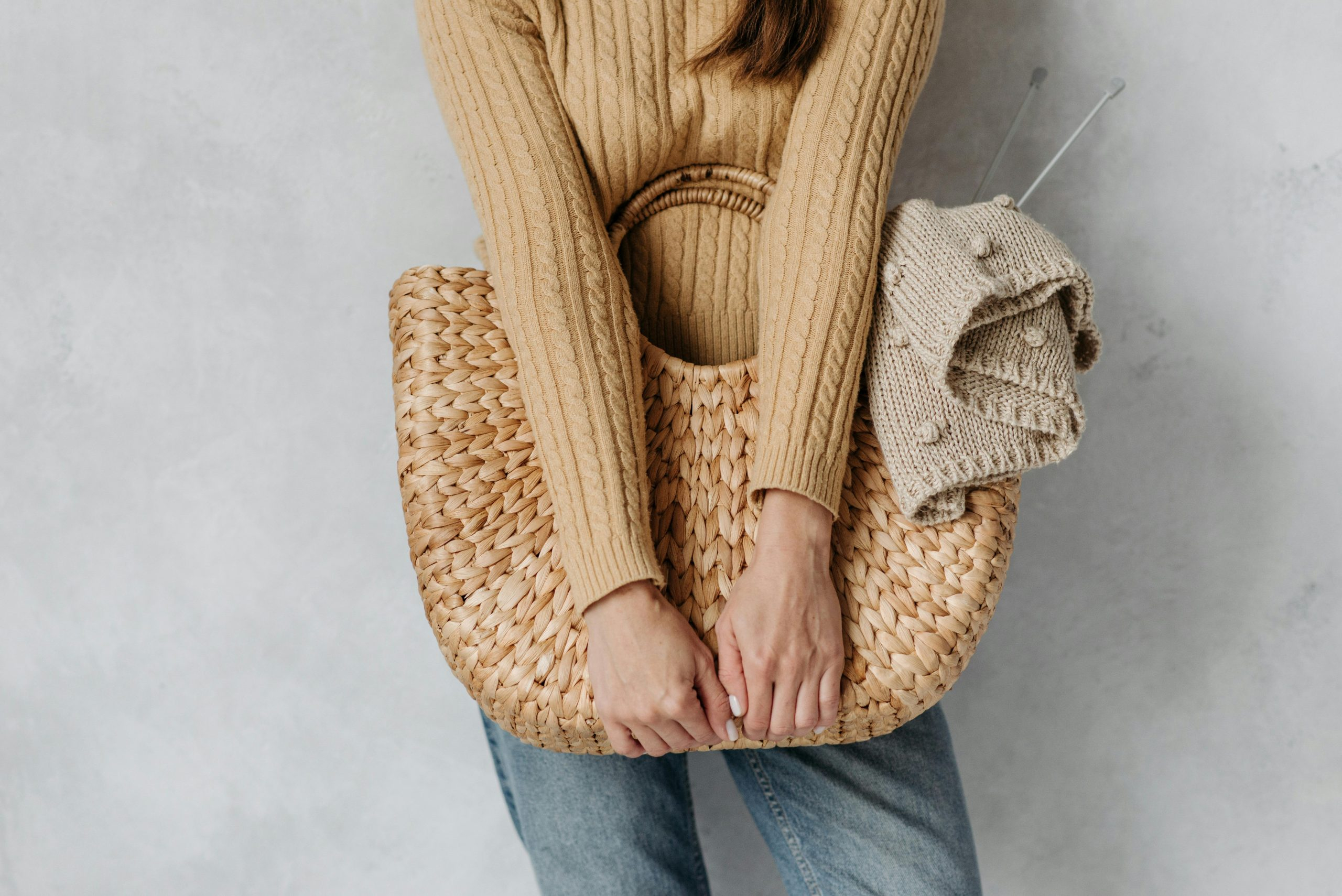Biodegradable Materials Pioneering the Future of Eco Clothing
Eco-friendly and sustainable fashion has become a hot topic in recent years as consumers become more conscious of their impact on the environment. One key facet of this movement is the use of biodegradable materials in the production of clothing. These materials not only reduce the amount of waste in landfills, but also have a lower carbon footprint and are often more environmentally friendly to manufacture. In this article, we will explore how biodegradable materials are pioneering the future of eco clothing and the benefits they bring to the fashion industry.
What are biodegradable materials?
In simple terms, biodegradable materials are substances that can break down naturally into non-toxic elements in the environment. This process is aided by microorganisms such as bacteria, fungi, and algae, which can digest these materials and convert them into harmless byproducts like water, carbon dioxide, and biomass. This ability to decompose and return to the earth without causing harm makes biodegradable materials an attractive alternative to traditional synthetic or non-biodegradable materials.
Natural fabrics: a biodegradable option
One of the main types of biodegradable materials used in eco clothing is natural fabrics. These are made from plant or animal-based fibers that can be grown and replenished, unlike synthetic materials derived from petroleum. Some examples of natural fabrics include cotton, linen, bamboo, and wool. These fabrics not only have a lower environmental impact, but are also biodegradable, which means they won’t end up polluting our land and ocean for centuries to come.
Innovative uses of biodegradable materials
Along with natural fabrics, there are also newer and more innovative biodegradable materials being used in the fashion industry. One example is Piñatex, a vegan leather alternative made from pineapple leaf fibers. It is not only biodegradable, but also cruelty-free as it uses a byproduct of pineapple harvesting. Another example is MycoTEX, a textile made from mycelium, the root structure of mushrooms. It is grown into patterns and shapes, eliminating the need for cutting and sewing, and is completely biodegradable.
The benefits of biodegradable materials in eco clothing
Reduced waste and pollution
One of the most significant advantages of using biodegradable materials in clothing is the reduction of waste and pollution. Traditional clothing made from synthetic materials often ends up in landfills or oceans, where it can take hundreds or even thousands of years to decompose. Biodegradable materials, on the other hand, can break down in a matter of months, reducing the amount of waste and pollution in our environment.
Lower carbon footprint
The production of traditional clothing materials, such as nylon and polyester, is energy-intensive and adds to the carbon footprint of the fashion industry. Biodegradable materials, on the other hand, require less energy to produce, resulting in a lower carbon footprint. Additionally, many biodegradable materials, such as bamboo and hemp, are also more environmentally friendly to grow compared to crops like cotton.
Innovative and versatile designs
Biodegradable materials also offer more design possibilities and versatility for eco clothing. They can be used to create unique textures, patterns, and shapes that are not possible with traditional materials. For example, Tencel, a fabric made from eucalyptus trees, has a silky smooth texture and is often blended with other fibers for added strength and resilience. This allows for a wider range of styles and designs to cater to consumers’ tastes.
The future of biodegradable materials in eco clothing
While the use of biodegradable materials in the fashion industry is still in its early stages, it is gaining momentum as consumers become more aware of the environmental impact of their clothing choices. As technology and innovation continue to advance, it is likely that we will see even more uses and variations of biodegradable materials in the future. Ultimately, incorporating biodegradable materials in the production of clothing can help us move towards a more sustainable and eco-friendly fashion industry.
The responsibility lies with all of us
As consumers, we have the power to drive change in the fashion industry by choosing to support brands that prioritize sustainability and use biodegradable materials in their products. We can also make a difference by taking care of our clothes and disposing of them responsibly after use. With everyone working together, we can pave the way for a more sustainable and environmentally responsible future in the fashion industry.
In conclusion
Biodegradable materials are paving the way to a greener, more sustainable future for fashion. By reducing waste, lowering the carbon footprint, and offering innovative design possibilities, these materials are revolutionizing the way we think about eco-friendly clothing. It is up to all of us to make a conscious effort in supporting this movement and make a positive impact on the environment. So, next time you go shopping for new clothes, consider choosing biodegradable materials and do your part in pioneering the future of eco clothing.










